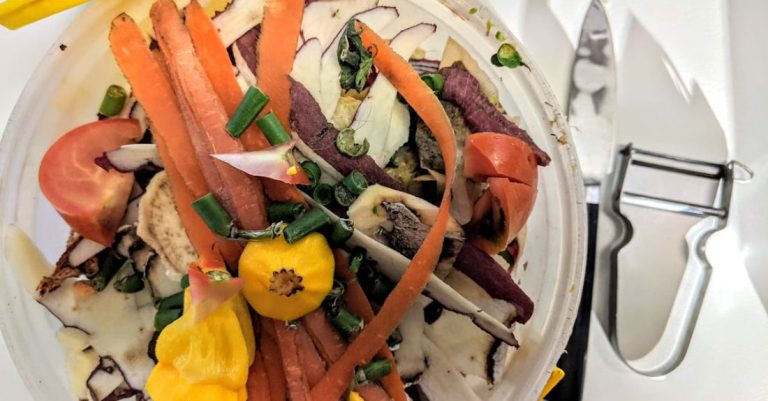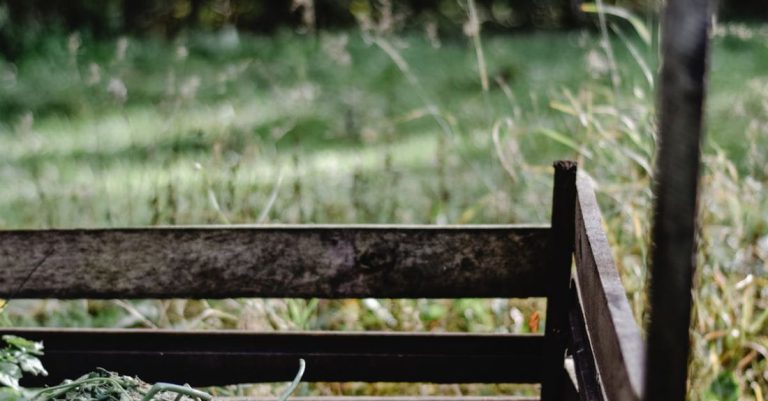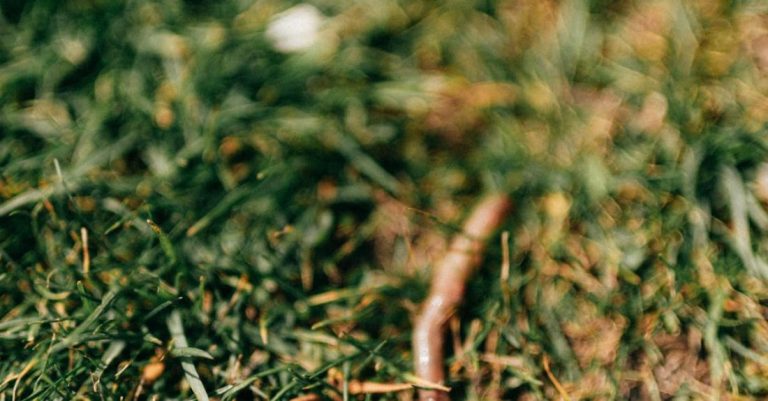
Composting is a fantastic way to reduce waste and create nutrient-rich soil for your garden. However, choosing the right compost bin can be overwhelming with so many options available in the market. To help you make an informed decision, consider the following factors before investing in a compost bin.
Types of Compost Bins
There are several types of compost bins to choose from, each with its own set of pros and cons. The most common types include:
1. Tumbler Bins: Tumbler bins are designed to make turning your compost easy. They are typically mounted on a frame, allowing you to rotate the bin to mix the contents.
2. Stationary Bins: Stationary bins are the simplest type of compost bin. They are usually made of plastic or wood and have an open bottom to allow for drainage.
3. Worm Bins: Worm bins, also known as vermicomposters, utilize worms to break down organic matter quickly. They are compact and ideal for small spaces like apartments or balconies.
4. In-Ground Bins: In-ground compost bins are buried directly into the ground, making them a discreet option for composting.
Consider Your Space and Needs
Before selecting a compost bin, assess your space and needs. If you have a small yard, a compact worm bin or tumbler bin may be the best option. On the other hand, if you have ample outdoor space, a larger stationary bin or in-ground bin might be more suitable.
Additionally, consider how much compostable material you generate on a regular basis. If you produce a large amount of organic waste, you may need a larger bin or multiple bins to accommodate your needs.
Material and Durability
When choosing a compost bin, consider the material and durability of the bin. Plastic bins are lightweight, affordable, and easy to move around, but they may not be as durable as metal or wooden bins. Metal bins are sturdy and long-lasting but can be prone to rusting. Wooden bins are aesthetically pleasing and blend well with outdoor spaces, but they may require more maintenance.
Ventilation and Drainage
Proper ventilation and drainage are essential for successful composting. Look for a bin that has adequate ventilation to allow oxygen to flow through the compost pile. Good airflow helps speed up the decomposition process and prevents odors.
Additionally, ensure that the bin has drainage holes or an open bottom to allow excess moisture to escape. Too much moisture can lead to a smelly, anaerobic compost pile.
Ease of Use and Maintenance
Choose a compost bin that is easy to use and maintain. Consider how you will access the compost once it is ready. Some bins have doors or removable panels for convenient removal of finished compost. Make sure the bin is easy to assemble and clean to make your composting experience hassle-free.
Cost
Lastly, consider your budget when selecting a compost bin. Prices can vary widely depending on the type, size, and material of the bin. While it may be tempting to opt for the cheapest option, investing in a high-quality compost bin can pay off in the long run with faster composting times and better results.
In conclusion, choosing the right compost bin is crucial for successful composting. By considering factors such as the type of bin, your space and needs, material and durability, ventilation and drainage, ease of use and maintenance, and cost, you can select a bin that meets your specific requirements. Happy composting!





